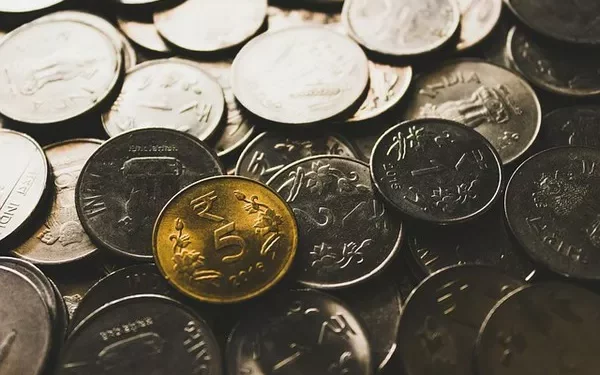The Indian Rupee (INR) continued its downward trend on Wednesday, marking it as the worst-performing Asian currency in August. The currency’s depreciation is primarily driven by persistent demand for the U.S. dollar from importers and a widening trade deficit. Despite this, any significant further weakening of the INR is expected to be limited due to potential intervention by the Reserve Bank of India (RBI). The central bank may step in to sell USD and prevent the Rupee from breaching the critical 84.00 level. Additionally, a recent decline in crude oil prices might offer some near-term support to the local currency.
Market participants are closely watching the preliminary Indian HSBC Purchasing Managers Index (PMI) for August, set to be released on Thursday, which could provide fresh direction for the currency. However, the primary focus this week is on Federal Reserve Chair Jerome Powell’s speech at the Jackson Hole symposium on Friday. Speculation is growing that Powell may hint at a potential interest rate cut, which could put downward pressure on the U.S. dollar.
Analysts at MUFG Bank noted that Asian currencies have generally strengthened against the U.S. dollar due to broad USD weakness and a prevailing risk-on sentiment. However, the INR has struggled, with foreign investors withdrawing approximately $2.5 billion from Indian equities in August. Additionally, India’s exports have fallen by 6% in the current fiscal year through July, compared to the same period last year, and foreign direct investment has decreased by 3.5% in FY24.
Fed Governor Michelle Bowman’s recent comments have also contributed to market uncertainty. She emphasized a cautious approach to any changes in monetary policy, warning that overreacting to single data points could undermine the progress made so far.
Currently, market expectations, as reflected by the CME FedWatch Tool, indicate a 67.5% chance of the Fed cutting interest rates by 25 basis points in September.
Technical Analysis: USD/INR Maintains Positive Long-Term Outlook
On the technical front, the Indian Rupee traded on a stronger note, although the USD/INR pair continues to hold a positive long-term stance. The pair remains above the key 100-day Exponential Moving Average (EMA) on the daily chart. However, recent selling pressure below an 11-week-old uptrend line, coupled with a bearish 14-day Relative Strength Index (RSI) that remains below the 50 midline, suggests potential downside risks.
Key resistance for the USD/INR pair is identified near the 83.90-84.00 zone, which includes the uptrend line and a significant psychological level. A breakout above this area could lead to a rally toward the record high of 84.24, with a potential extension to 84.50.
Conversely, if the pair turns bearish, the initial support is expected around 83.70, the low of August 1. Further support levels are seen near the 100-day EMA at 83.55, followed by 83.36, the low of June 28.
Related Topics:


























